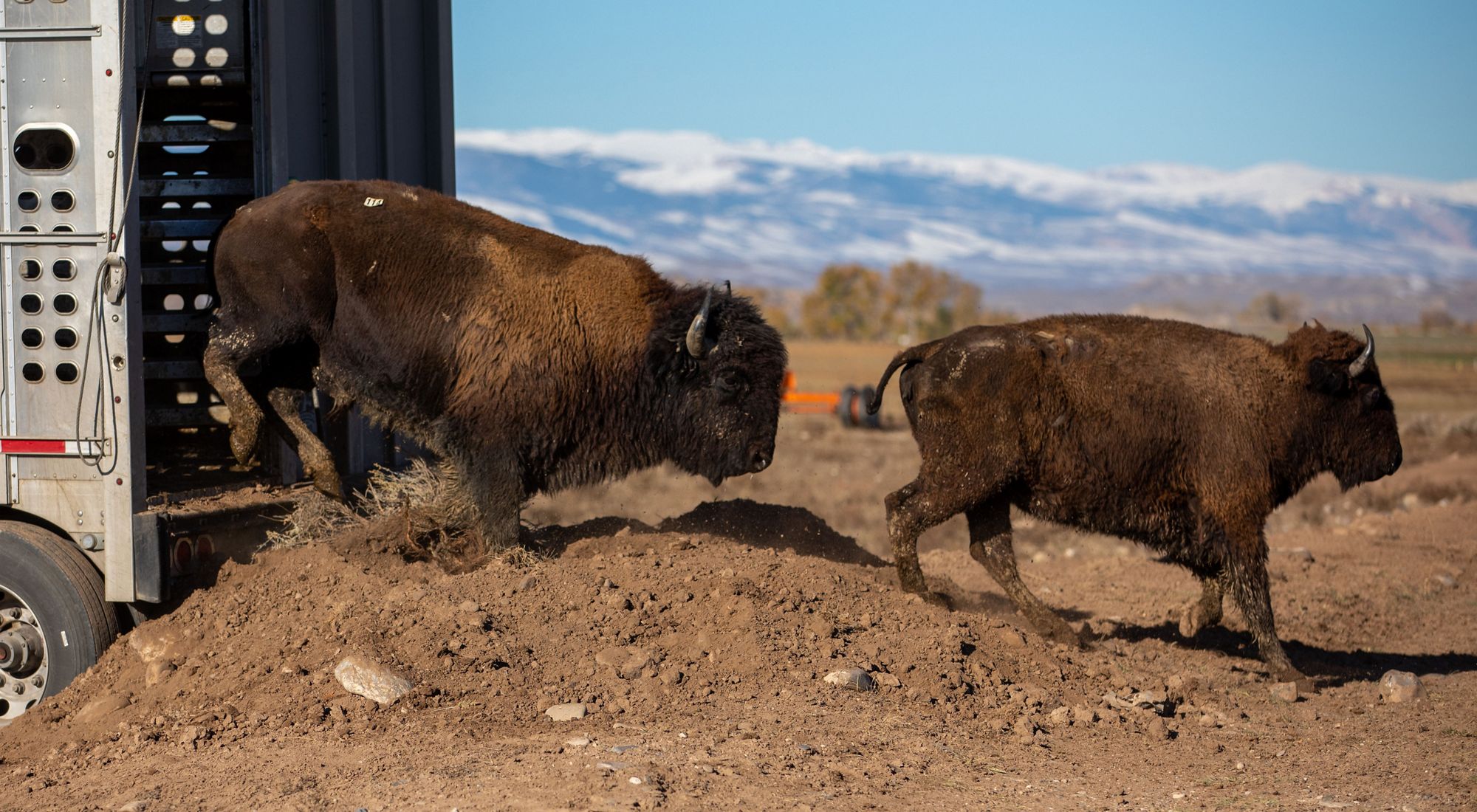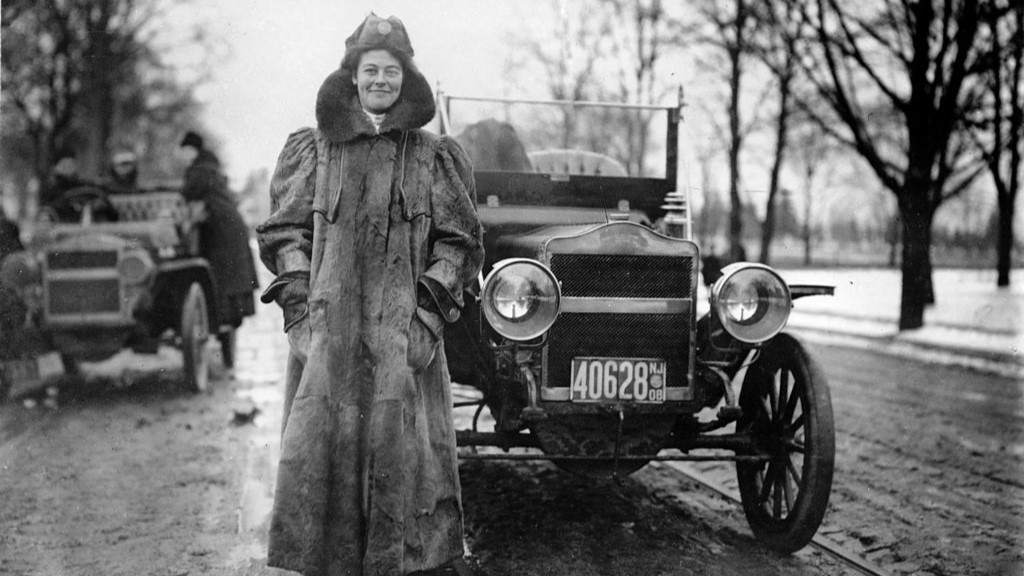
The return of the American bison from near extinction is a conservation triumph. The iconic species, with its symbolic associations with frontier America, the Old West, and Native Americans, was down to a few hundred animals by the end of the 19th century. Today, there are about 30,000 (outside of the meat industry), many of them living large in national parks.

